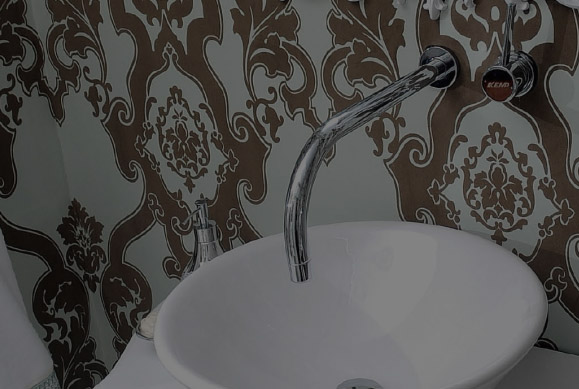Phone:+86-13906742187
To determine the water flow rate (in Gallons Per Minute or GPM) of a kitchen faucet, you can follow these steps:
Check the Faucet Specifications: Look for the manufacturer's label or documentation that came with the faucet. This should provide information about the faucet's flow rate. It may be indicated in GPM or Liters Per Minute (LPM). If you can't find this information on the faucet itself, you might need to contact the manufacturer or refer to the product's manual.
Measure the Flow Rate: If you're unable to find the faucet's flow rate in the specifications, you can measure it yourself using a container with known volume and a timer.
a. Place a bucket or container with a known volume (for example, a one-gallon container) under the faucet.
b. Turn on the faucet at its highest flow setting and time how long it takes to fill the container.
c. Divide the volume of water in gallons by the time in minutes to calculate the flow rate in GPM.
For example, if it takes 30 seconds to fill a one-gallon container:
Flow rate = 1 gallon / (30 seconds / 60 seconds per minute) = 2 GPM
As for recommended flow rates for efficient water usage, the Environmental Protection Agency (EPA) in the United States suggests a maximum flow rate of 2.2 GPM for kitchen faucets. This rate is considered efficient for everyday tasks while still providing sufficient water for washing dishes, filling pots, and other kitchen activities.
Some faucets may have lower flow rates, such as 1.5 GPM or even 1.0 GPM, which are designed to further conserve water. These lower flow rates can help reduce water usage and contribute to water conservation efforts.
When choosing a faucet for your kitchen, consider your household's water usage needs and preferences. While lower flow rates are generally more efficient, ensure that the chosen flow rate meets your practical requirements for cooking, cleaning, and other tasks.
Keep in mind that regulations and recommendations may vary by region, so it's a good idea to check with local authorities or water conservation organizations for guidelines specific to your area.

 English
English Español
Español Deutsch
Deutsch 中文简体
中文简体














